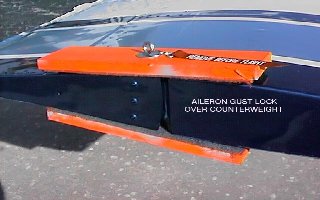U
Unregistered
Guest
Yesterday at the FBO I rent from, their only Cessna 172 was flown by a renter with the rudder gust lock still attached. The aircraft was up for just over an hour and made several take-offs and landings.
I was scheduled to fly the plane next, but cancelled because I was unsure if the rudder or linkages could have been damaged.
Should the plane have been looked over by an A&P before being offered to a renter?
I was scheduled to fly the plane next, but cancelled because I was unsure if the rudder or linkages could have been damaged.
Should the plane have been looked over by an A&P before being offered to a renter?








